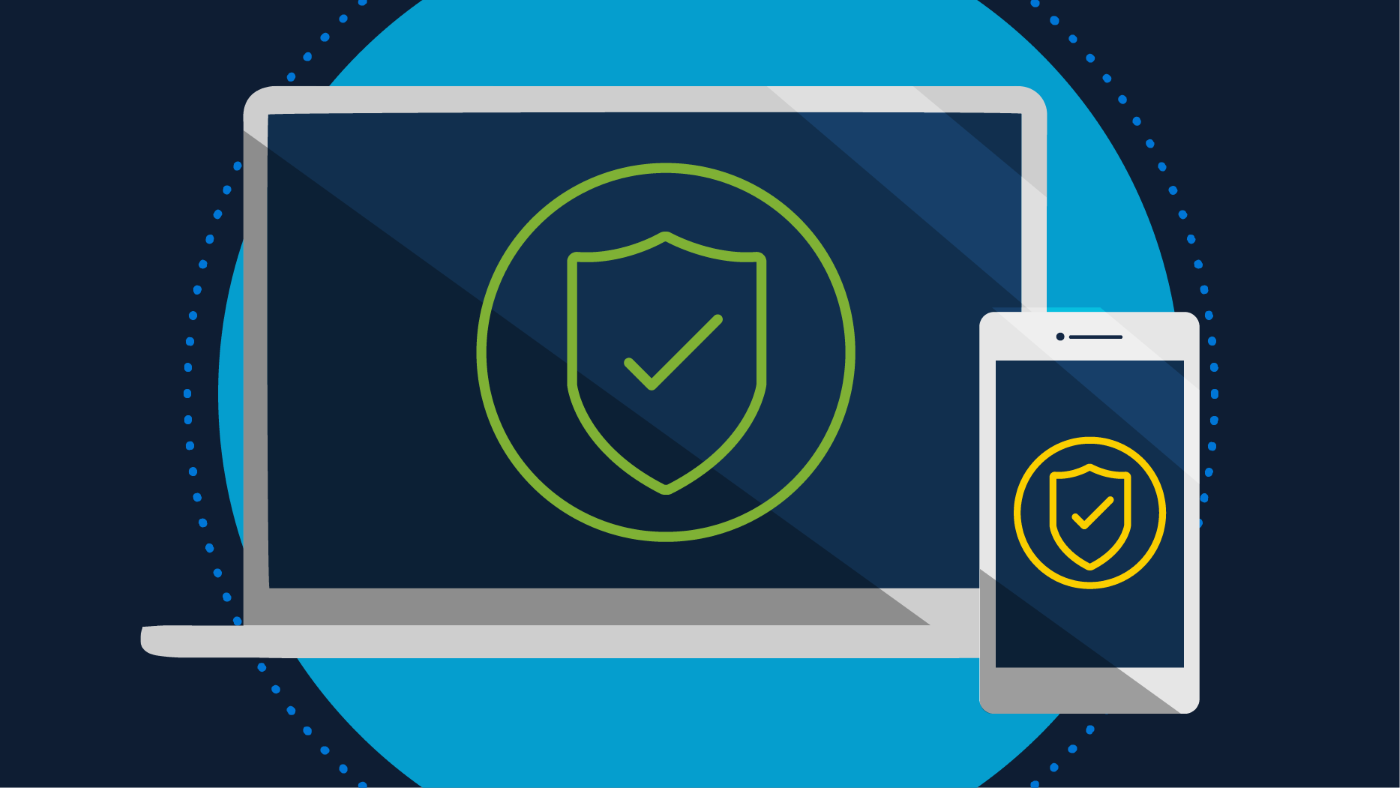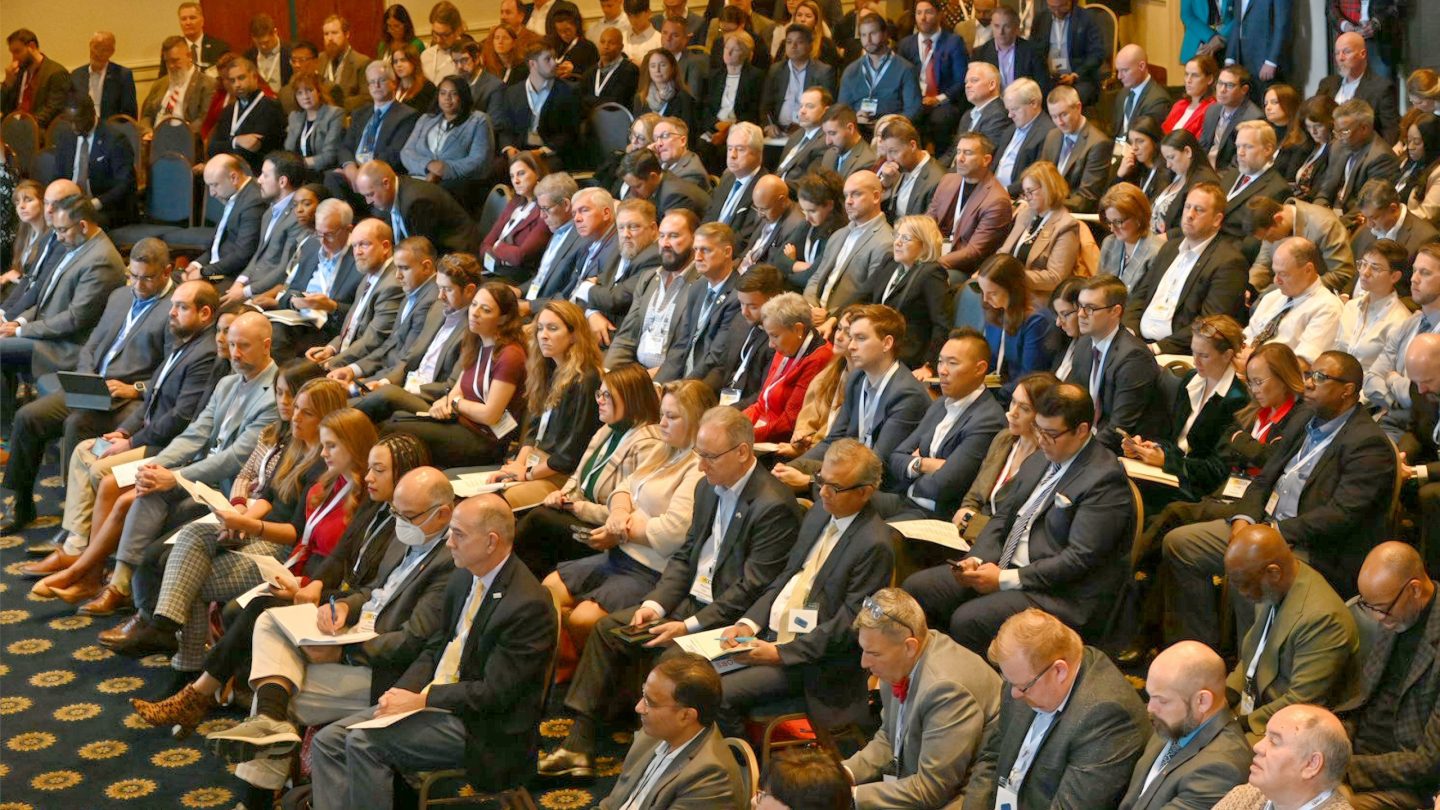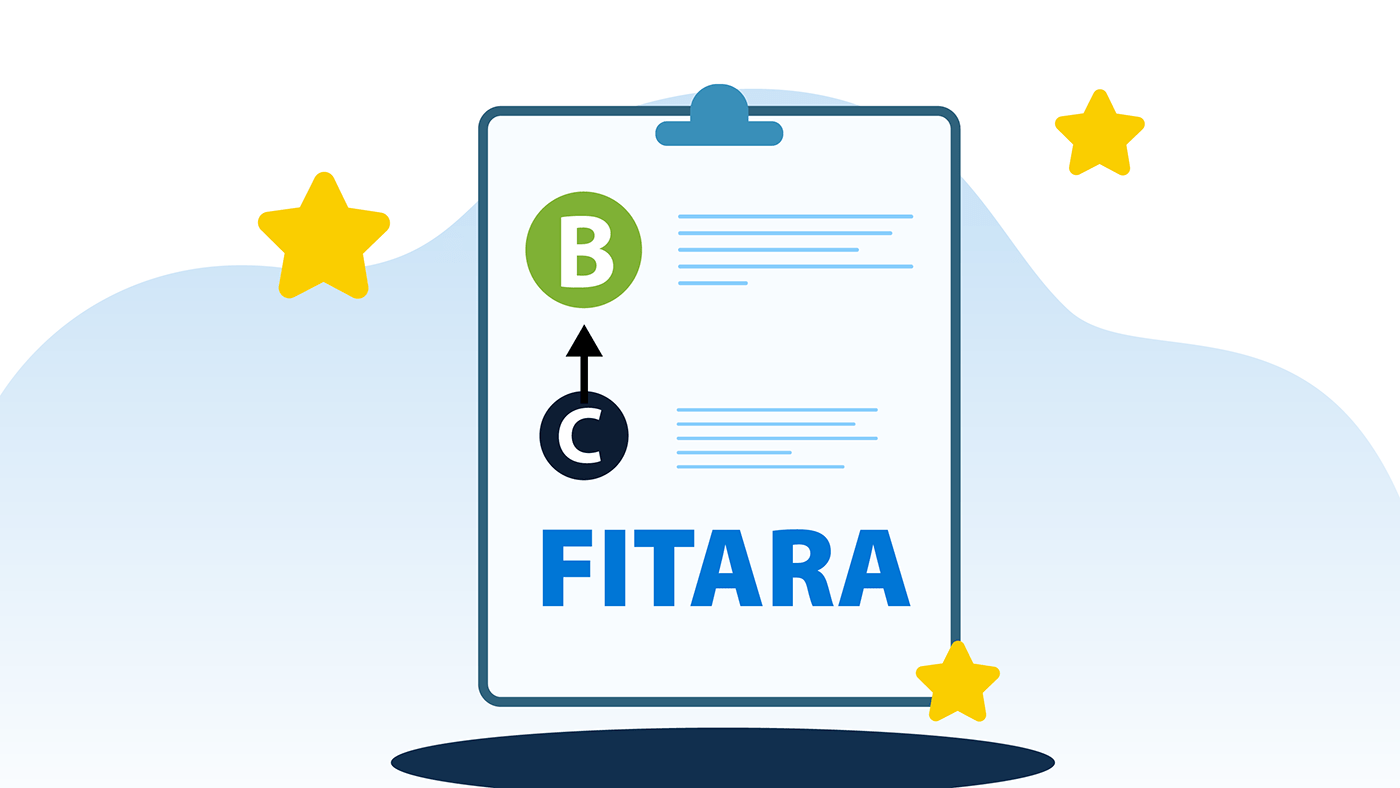Appears In
More than ever, hackers are looking to steal your personal information, and it is no longer safe to use just an online password to protect your data. For example, in Specops Software’s Breached Password Protection database, new findings reveal that out of 800 million known-breached passwords, over 80 percent met the password security standards set forth by some Federal and private security agencies.
In addition, when a hacker steals just one user’s password, the results can be quite disastrous. Many users use the same password for almost everything, and one important way to protect yourself from hackers is by using multi-factor authentication as an additional layer of cybersecurity.
What is multi-factor authentication?
The name sounds complex, but you are likely using multi-factor authentication in your daily life, such as when you access your online bank account. It is an easy, two-step process to verify your identity online. Because websites need to know that you are who you claim to be, this extra step during the log-in protects you by making it twice as hard for bad actors to access your information.
What is this extra step?
Have you ever logged onto a site with your password and been asked to go one step further by giving a personal identification number (PIN) or answering a security question, such as the name of your first car, your pet’s name, or your high school’s mascot? These are examples of multi-factor authentication; if you have been doing any form of online banking or shopping, you have likely been using this two-step process.
Multi-factor authentications can include:
- Receiving a PIN number
- Answering a security question like, “What’s your favorite pet’s name?”
- Receiving an additional code emailed to an account or texted to a mobile number
- Clicking on a yes or no button or unique number generated by an authenticator app (like those from Microsoft, Google, or Duo)
- Using a biometric identifier like facial recognition or a fingerprint
Helpful tip: Multi-factor authentication protects against different forms of phishing, which is when someone emails you pretending to be someone else.
Benefits of adding a simple multi-factor authentication step
When companies use multi-factor authentication, hackers can no longer break into a person’s account by just stealing their password. Instead, hackers must devise a more challenging strategy to breach online security systems. According to Microsoft, “multi-factor authentication is 99.9 percent effective in stopping network breaches.”
The next time you set up an online account, don’t skip the setup for the additional security measures, such as the security questions. If you don’t have multi-factor authentication enabled on your existing accounts, contact the institutions for help establishing these additional security features.
Using multi-factor authentication is simple, and it’s crucial for securing data and minimizing cyberattacks.
For further information about multi-factor authentication, go to the U.S. Government’s Cybersecurity and Infrastructure Security website and search for more information about this topic.
Topics in this story
In this article






